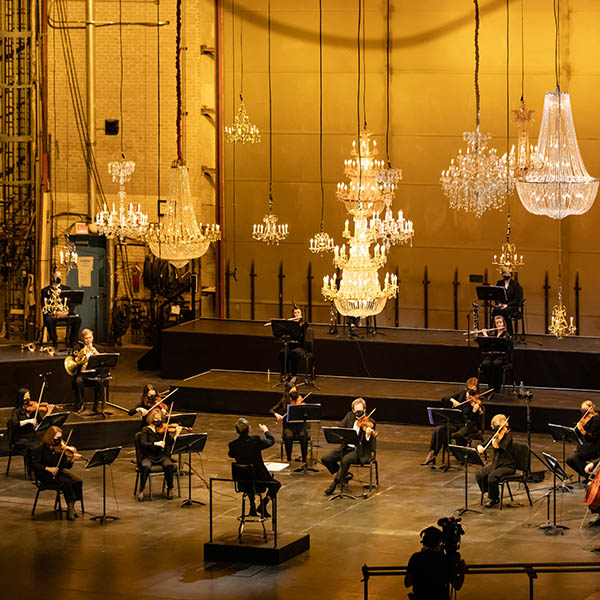

Program notes
Wolfgang Amadeus Mozart
The Marriage of Figaro

Overture
At the time of The Marriage of Figaro (1786), opera overtures did not concentrate on themes that would later be heard in the rest of the score. Rather, an overture functioned essentially as a mood-setter, preparing the audience for the spirit and overall atmosphere of the piece. The Figaro overture does exactly that, exuding all the sparkle and the irresistible vitality that pervade the entire opera.
Act One, “Non so più cosa son”
Kayleigh Decker, mezzo-soprano
Beaumarchais's La folle journée, ou les noces de Figaro (The Crazy Day, or Figaro's Wedding) was the most significant drama to appear during the years immediately prior to the French Revolution. For all of Paris to see, it depicted onstage the dangerous conflict between aristocrats and servants, in tense dialogues between Count Almaviva and his valet, Figaro. Although the play is infrequently performed today, it is immortalized as the dramatic source for one of the greatest operas in the repertoire, Le nozze di Figaro (1786). The libretto by Lorenzo da Ponte preserves much of the frustration and dissatisfaction felt by Beaumarchais's Figaro, while significantly enhancing the humanity of every character through Mozart's incomparable music.
Among the supporting roles, most important is the Count's page, Cherubino, whose adolescent yearnings for the opposite sex are presented initially in his Act-One aria. Confessing to Susanna, Countess Almaviva's maid, that every woman he sees makes his heart beat faster, he concludes, "And if no one hears me, I'll speak of love to myself!" The character's impetuosity emerges irrepressibly through the breathless energy of the vocal line.
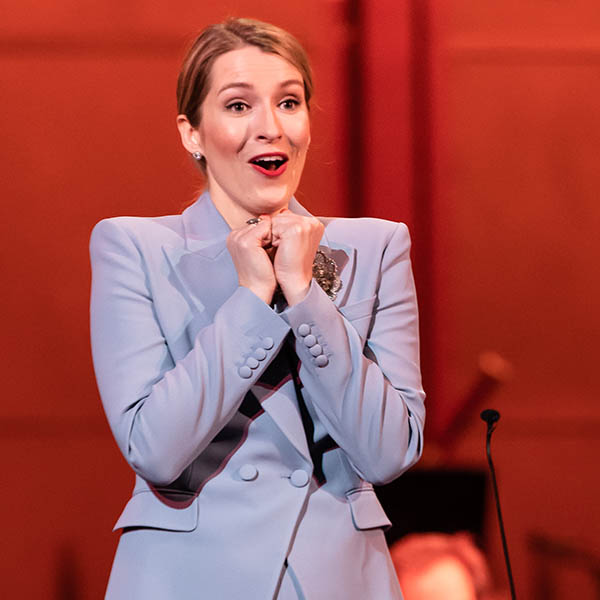
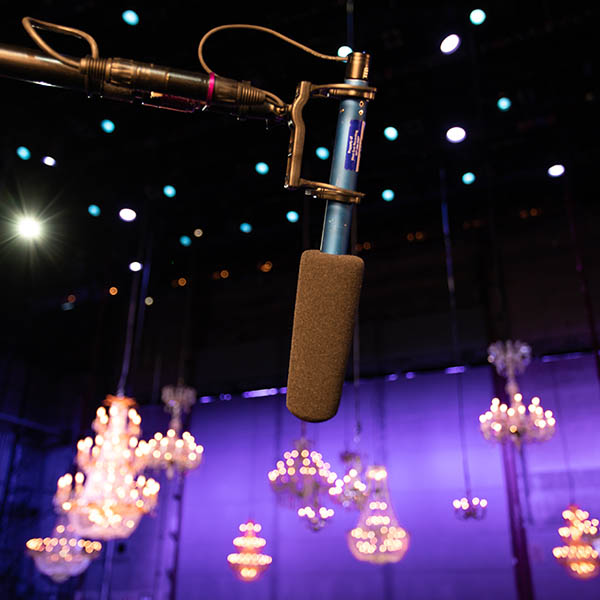
Act One, “Giovani liete”
Members of the Lyric Opera Chorus
Toward the end of Act One, the peasants from Count Almaviva's estate appear at the castle, offering him their thanks and praise. They exhort the young girls of the manor to scatter flowers before the Count. Having abolished the droît de seigneur (the right of the lord to have his way with a servant's bride on her wedding night), the Count is now hailed for his "great heart, which preserves the spotless purity of a lovelier flower." Mozart's music captures the group's happiness with a charming sweetness and buoyancy.
Act Two, “Porgi amor”
Amanda Majeski, soprano
Alone in her boudoir, Countess Almaviva laments the loss of the Count's love. Under any circumstances, the aria would present a particularly formidable challenge to the singer in the need to maintain the absolute seamlessness of its legato line at quite a stately tempo. How much more formidable it seems, given that this is the very first music in the role.
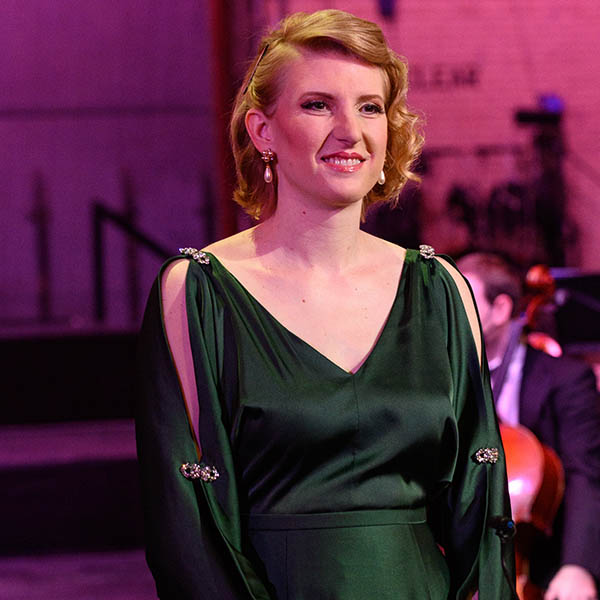
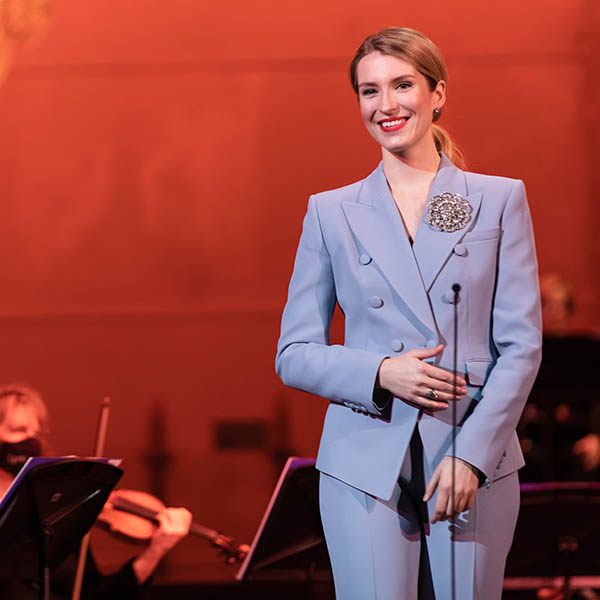
Act Two, “Voi che sapete”
Kayleigh Decker, mezzo-soprano
Losing patience with Cherubino's antics, the Count has given him a commission in the army to get him out of the way. Before leaving the castle, the page appears in uniform before the Countess, whom he adores. Susanna takes a guitar and accompanies Cherubino as he sings a soulful love song he's written for the Countess. It begins, "You ladies, who know what love is, look into my heart and see if it's love that I feel." In notable contrast with Cherubino's first aria, much of "Voi che sapete" is as exquisitely sweet and elegantly restrained as "Non so più cosa son" is breathlessly frantic.
Act Three, “Canzonetta sull’aria”
Amanda Majeski, soprano
Janai Brugger, soprano
To teach the Count a lesson, the Countess is planning to send him an anonymous letter inviting him to a rendezvous in the castle garden that night. The letter will lead him to believe that it's actually from Susanna. The Countess will disguise herself as Susanna, so that she'll catch him when he thinks he's wooing her maid. Susanna joins forces with the Countess in the scheme. In some of the most ravishing music in all of Mozart, the Countess dictates the letter. Both vocally and orchestrally, the duet communicates an intoxicating elegance. The two unite their voices, singing in thirds to exquisite effect.
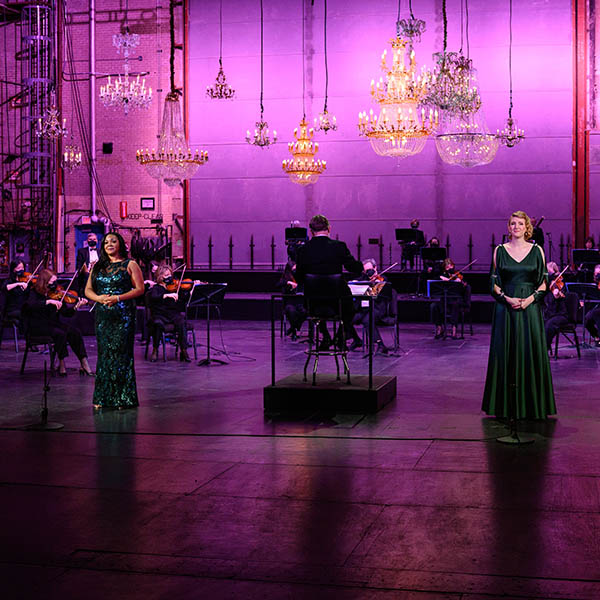
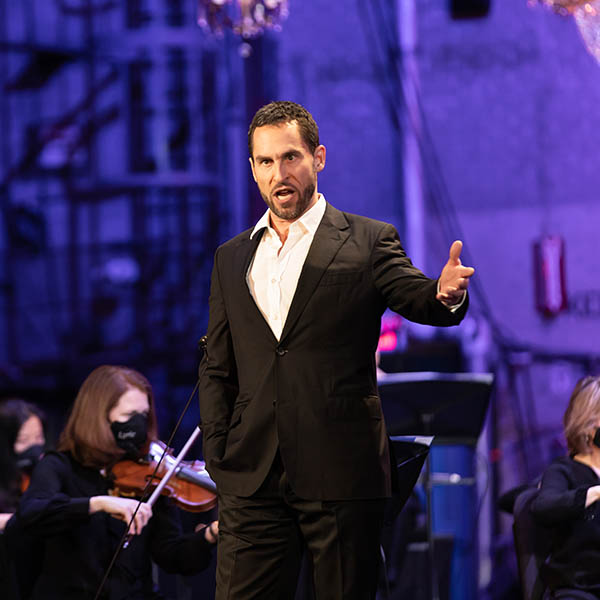
Act Four, “Tutto è disposto…Aprite un po’ quegli occhi”
Kyle Ketelsen, bass-baritone
The Countess's letter is sealed with a pin, and young Barbarina is asked by the Count to deliver the pin to Susanna as a sign that he will be there for the rendezvous. Barbarina loses the pin, and as she looks for it in the garden, she inadvertently reveals the location of the tryst to Figaro! He leaves in a rage, but soon returns with a group of cohorts whom he instructs to hide. He will eventually give the signal for them to surprise the Count and Susanna. Left alone, Figaro rails against womankind, addressing his comments to all men: "Open your eyes," he rages, "and look at what these women really are."
The only character in the opera with three arias, Figaro here reveals the depths of his soul with painful bitterness. (Of course, all does eventually end happily for him and Susanna!) This aria—by far the most challenging of the three—requires extraordinary energy in the singer's ability to project the text, including certain passages that move at an exceptionally quick tempo.
Act Four, “Giunse alfin il momento…Deh vieni, non tardar”
Janai Brugger, soprano
At night, Susanna is in the castle garden, fully aware that Figaro is lying in wait for her. She sings an ecstatic love song, intended for Figaro who, of course, believes that it's meant for the Count. The exceedingly exposed vocal line, with its lilting but very quiet accompaniment, presents an opportunity for the soprano to bring all her purity of tone and sincerity of expression to a melody of heartstopping loveliness.
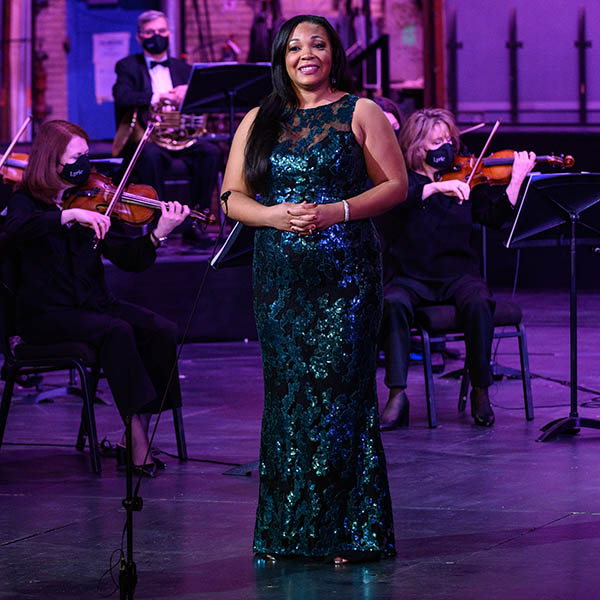
Igor Stravinsky
The Rake’s Progress
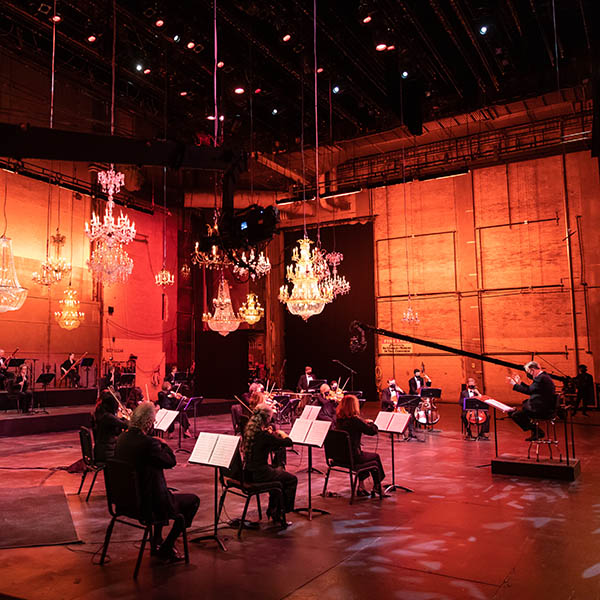
Act One, Prelude
The evolution of Stravinsky's only full-length opera begins with a series of eight vividly atmospheric paintings by the incomparable British artist/satirist William Hogarth. The paintings were created between 1732 and 1734, before being reproduced as engravings. Collectively entitled "A Rake's Progress," they trace the rise and fall of a young man named Tom Rakewell. He recklessly wastes his inheritance and ends up first in prison, then finally in an asylum.
Stravinsky saw "A Rake's Progress" exhibited in Chicago in 1947. It struck him instantly as material for an opera, while also fulfilling his long-held wish to create an opera to an English text. He was immensely fortunate in his collaborators, the poets W.H. Auden and Chester Kallman, whose elegant and witty language lent itself beautifully to singing. The opera premiered with great success in Venice in 1951. After the American premiere at the Metropolitan Opera two years later, New York Times critic Olin Downes, in praising the libretto, wrote that, like Hogarth's work, it was "in essence a morality play. It has certain psychological undercurrents with Freudian twists and symbolisms of which Hogarth never dreamed."
The opera opens exhilaratingly, with a very lively and musically incisive fanfare highlighting the composer's brilliant writing for horns and trumpets.
Act One, “Here I stand”
Matthew Polenzani, tenor
Tom Rakewell wants the best thing in life, but is unwilling to work to earn them. When the opera opens, he's already engaged to Anne Trulove, but her father wants to see Tom settled in a respectable job. He has arranged for Tom to become an accountant, but Tom proclaims in his monologue that he prefers to trust himself to fortune. He believes that, being handsome, intelligent, and resourceful, he can expect to go far. This music profits from light, buoyant, highly energetic singing that can put the text across with maximum vividness.
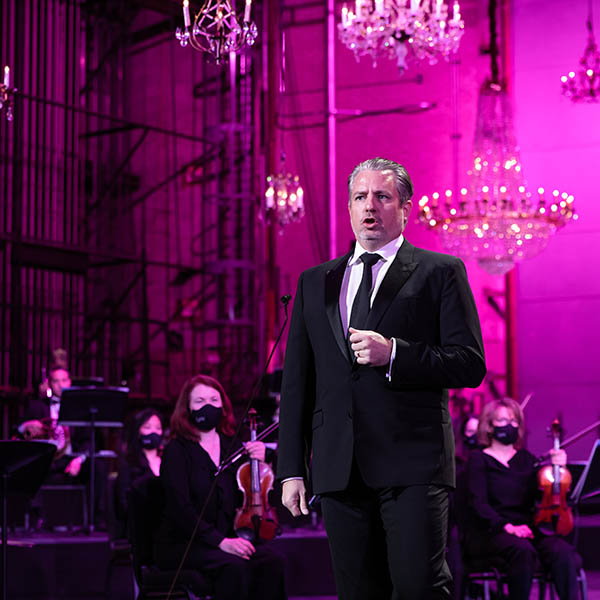

Act One, “With air commanding”
Members of the Lyric Opera Chorus
Tom's monologue ends with the words, "I wish I had money." That brings the sudden appearance of the mysterious Nick Shadow, who announces that Tom has inherited a considerable fortune from his uncle. Nick proposes to accompany Tom to London where, once he's settled, he can then send to the country for Anne to come join him. Tom agrees to take Nick on as his servant, with Nick anticipating payment in a year and a day.
Nick leads Tom into a wastrel's life. The opera's second scene finds the two in a brothel where the madam is known as "Mother Goose." Her girls carouse with their eager customers (described in the libretto as "Roaring Boys"). Preceded by a delightfully bustling and upbeat prelude, the men and women exuberantly describe the fruits of love as essentially a battle and they toast their "commanders," Venus and Mars.
Act One, “No word from Tom…Quietly, night…I go to him”
Janai Brugger, soprano
Anne is dismayed at having received no communication from Tom since his departure. In her initial recitative, she declares that Tom must surely need her help. Her aria expresses her wish for the night to quietly comfort him in his loneliness. Anne hopes, too, that the moon will guide her to him. Thinking of her father and whether she can leave him, she shakes off any thought but her desire to be with Tom. The conclusion of the scene finds her asserting that "love cannot falter, cannot desert."
Stravinsky and his librettists constructed this episode of the opera in classic style: a bel canto scena, consisting of a recitative, cavatina (slow, intensely expressive aria), recitative, and cabaletta (more vigorous, more florid second aria). The music demands every resource a lyric soprano possesses: large range (the cabaletta concludes with a sustained, full-voice high C), tonal warmth, flexibility, and above all, a special radiance in both voice and personality in keeping with the open, accepting, loving nature of this very appealing heroine.
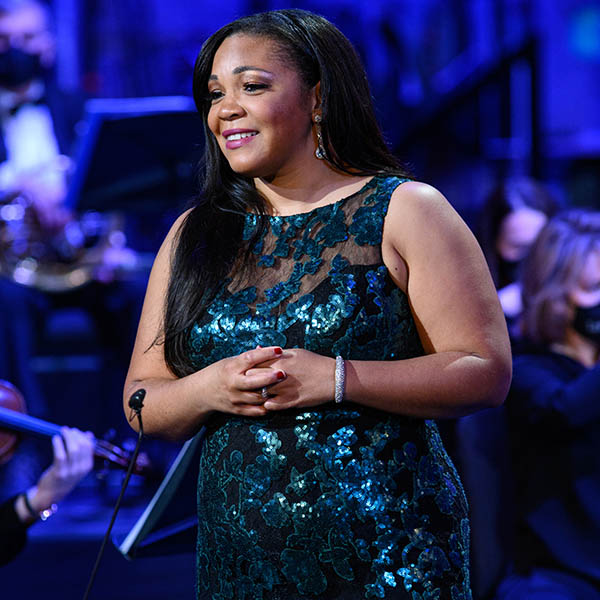
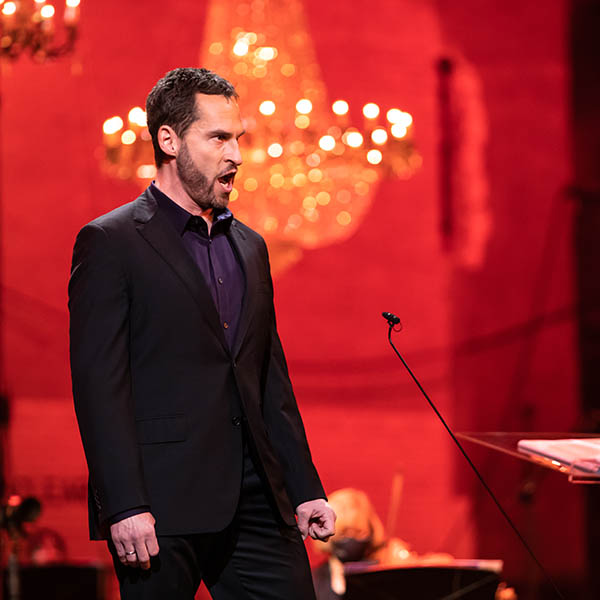
Act Three, “I burn, I freeze”
Kyle Ketelsen, bass-baritone
Tom can ask Nick Shadow (the embodiment of the devil) for two more wishes. His second, for happiness, finds him in a catastrophic marriage to Baba the Turk, a bearded lady in the circus. Tom then wakes up from a dream uttering the words "I wish it were true," having dreamed of a machine that turns stones into bread. He creates the machine, which results in his financial ruin. Nick takes him to a graveyard in which Tom sees an open grave. Nick now orders him to end his life, but then offers an alternative for Tom to save himself: a game of cards. Thinking of Anne, and hearing her voice calling to him, Tom declares triumphantly, "I play the Queen of Hearts!" Nick now explodes with fury. In a brief solo of stupendous power, sung to an unnervingly jagged vocal line, he admits his defeat but condemns Tom to insanity. Tom collapses, but when he comes to, he sweetly declares himself to be Adonis, lover of Venus.
Act Three, “I have waited”
Matthew Polenzani, tenor
Janai Brugger, soprano
Anne has come to the asylum at Bedlam, where Tom is confined. Greeting her ecstatically, he hails her as Venus in a brief aria, in which the harmony and the Mozartian-style vocal line are in dramatically effective discord, in keeping with Tom's demented state of mind. As Adonis, he begs for forgiveness. The music calms with a portion of the sweet, close-harmony duet for Tom and Anne, music with which they had begun the opera in happier times for them both.
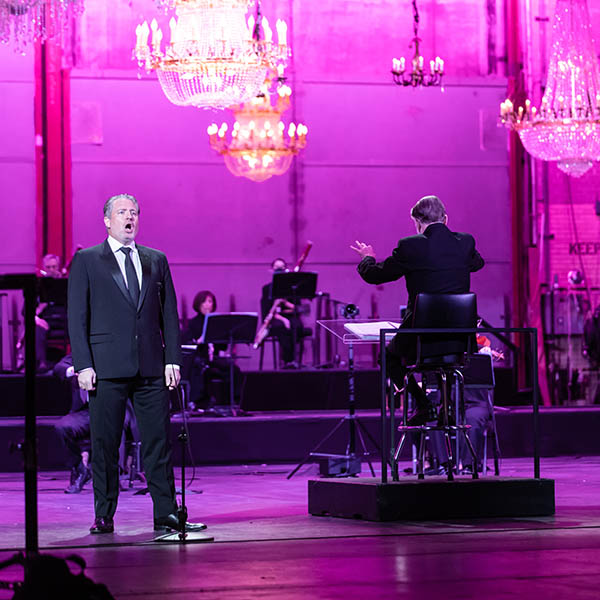
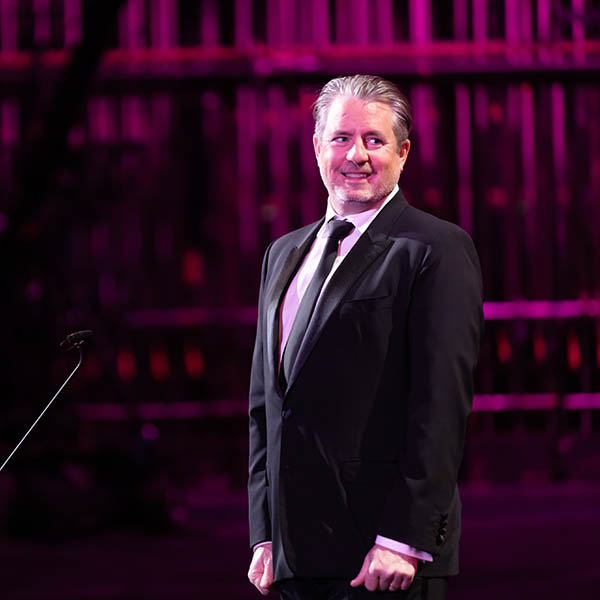
Act Three, “Where art thou, Venus?”
Matthew Polenzani, tenor
Members of the Lyric Opera Chorus
After singing Tom to sleep, Anne sadly leaves him surrounded by the other inmates of Bedlam. Awakening, he sings in halting, breathless, hyper-emotional passages of recitative, with bursts of frantic coloratura, as he — still thinking he is Adonis — wonders where Venus can be, when everything is ready for their wedding. Now completely crazed, he shouts for Helen, Orpheus, and other celebrated mythological characters to join him. Believing himself totally bereft, he begs the nymphs and shepherds to weep for him and dies. In a brief but deeply moving, dirge-like chorus, the inmates sing, "Mourn for Adonis," adding, "Venus dear, weep, tread softly round his bier."
Meet the artists
-
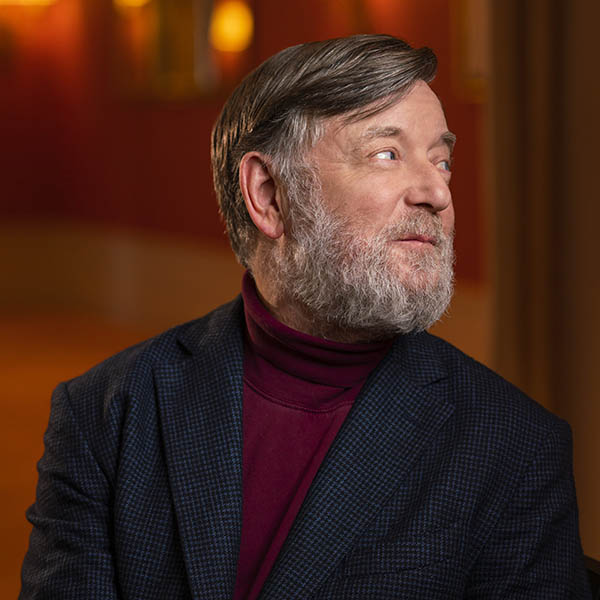
Sir Andrew Davis
Conductor
-
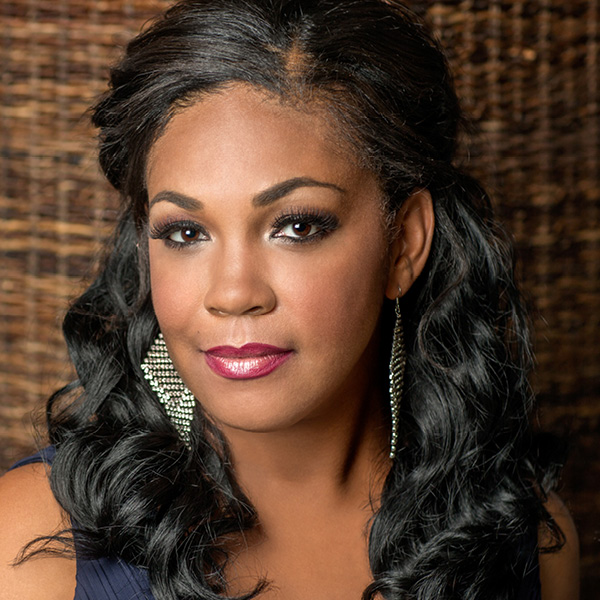
Janai Brugger
Susanna/Figaro, Anne Trulove/Rake
-
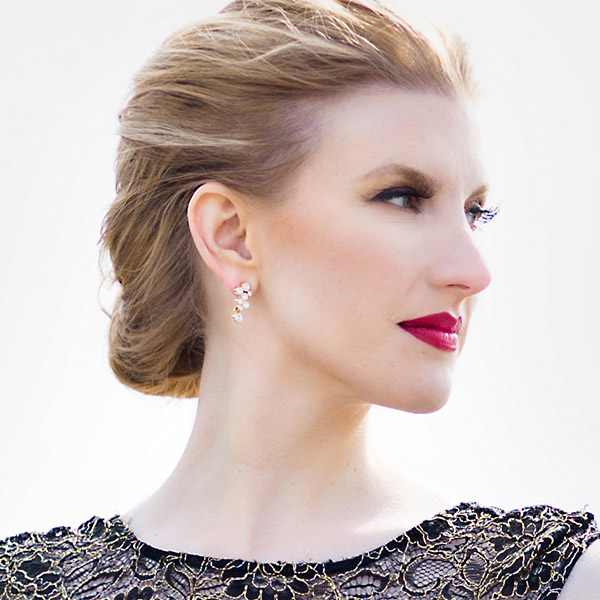
Amanda Majeski **
Countess/Figaro
-
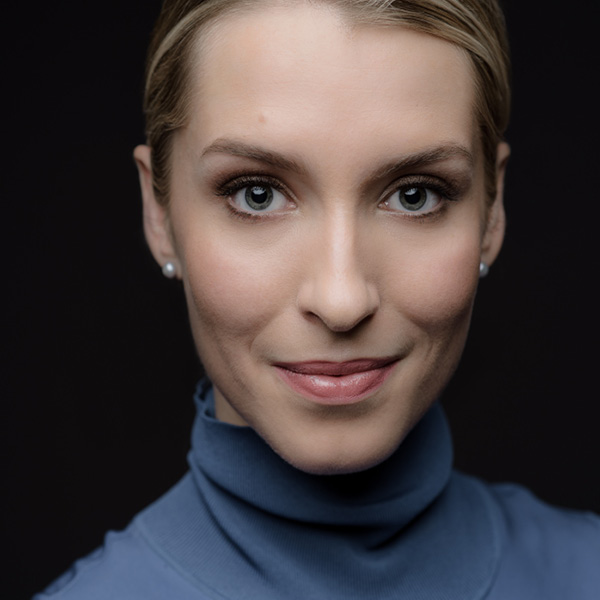
Kayleigh Decker **
Cherubino/Figaro
-

Matthew Polenzani **
Tom Rakewell/Rake
-

Kyle Ketelsen
Title role/Figaro, Nick Shadow/Rake
-

William C. Billingham
Assistant Conductor
-
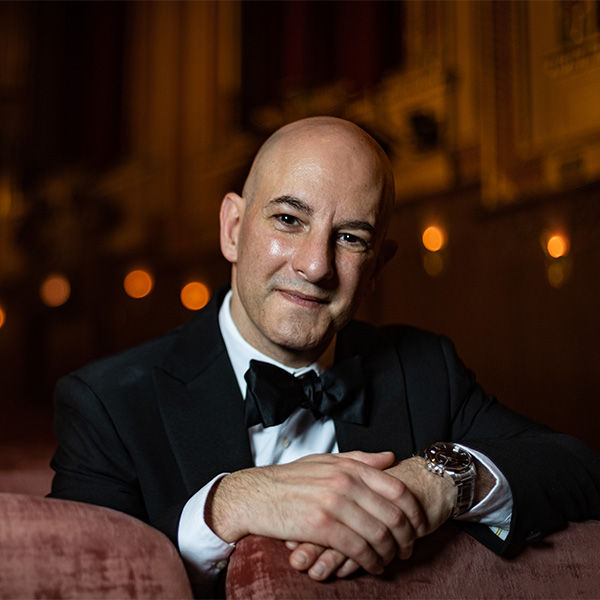
Francesco Milioto
Assistant Conductor
-
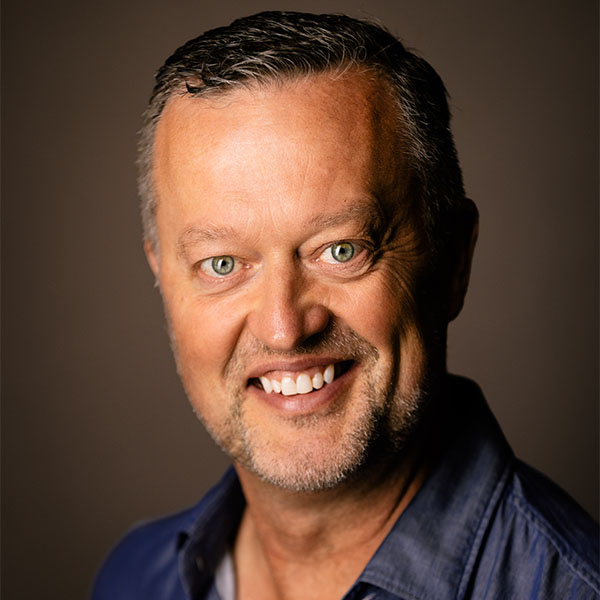
Michael Black
Chorus Director and Head of Music
Featuring members of the Lyric Opera Orchestra and the Lyric Opera Chorus
** Ryan Opera Center alumni
Sir Andrew Davis, from Mozart to Stravinsky is generously made possible by
Randy L. & Melvin R. Berlin
Donna Van Eekeren Foundation
Allan & Elaine Muchin
Sylvia Neil & Daniel Fischel
Richard O. Ryan
Rhoda & Henry Frank Family Foundation
Photos: Kyle Flubacker, Robert Kusel